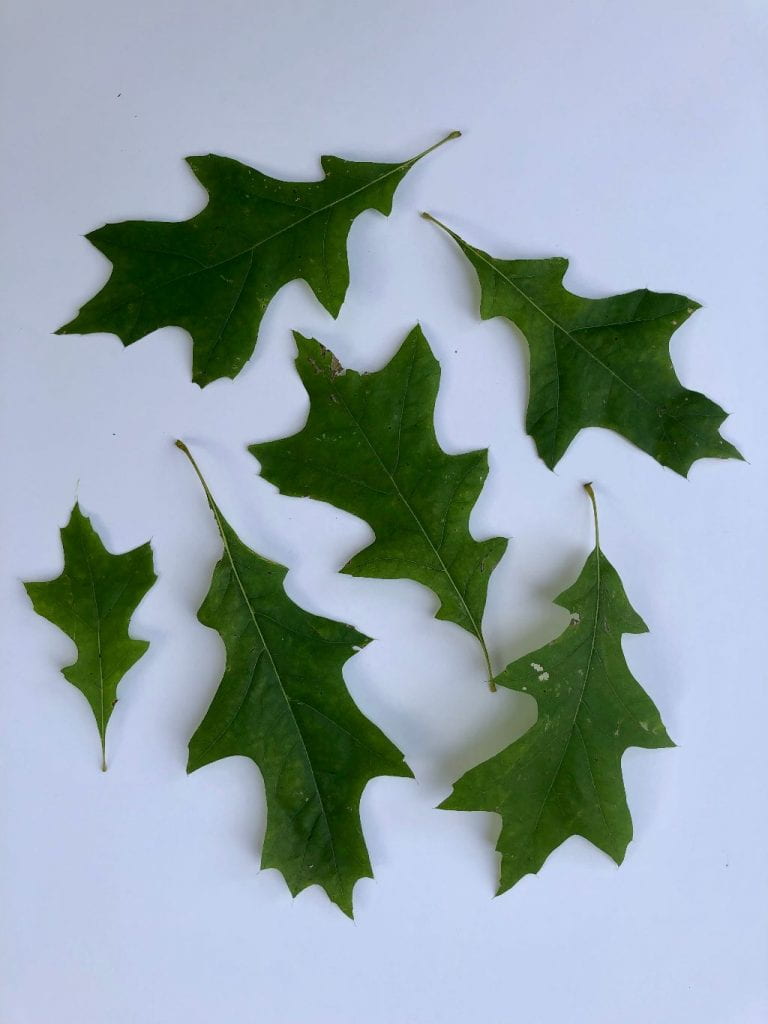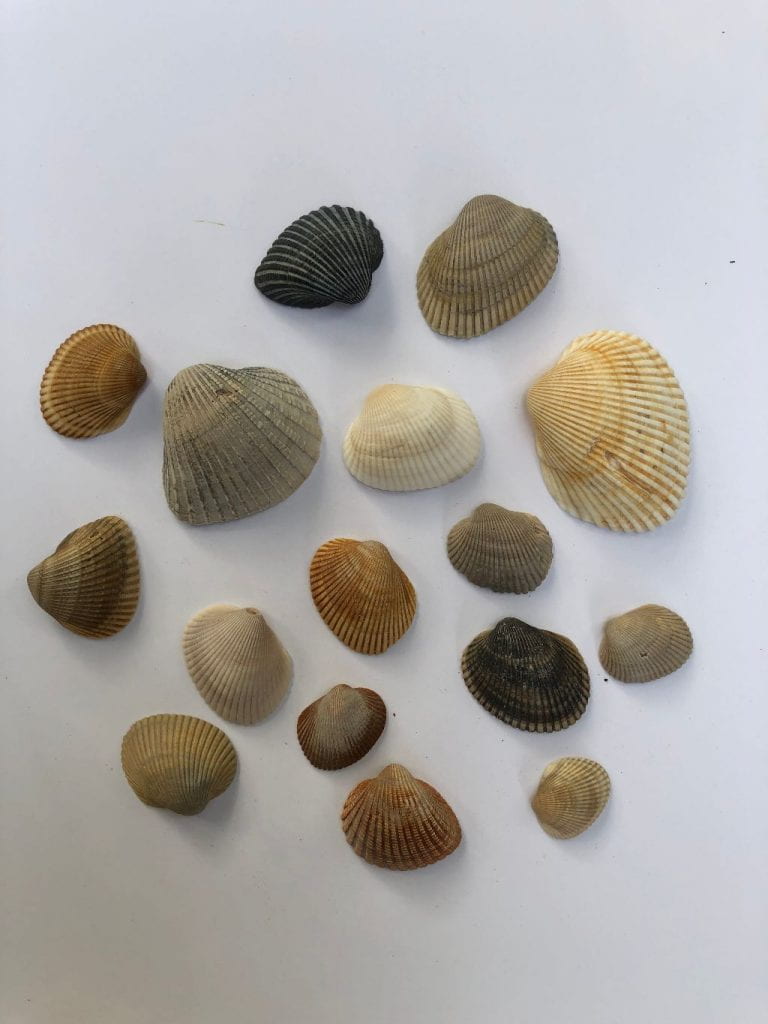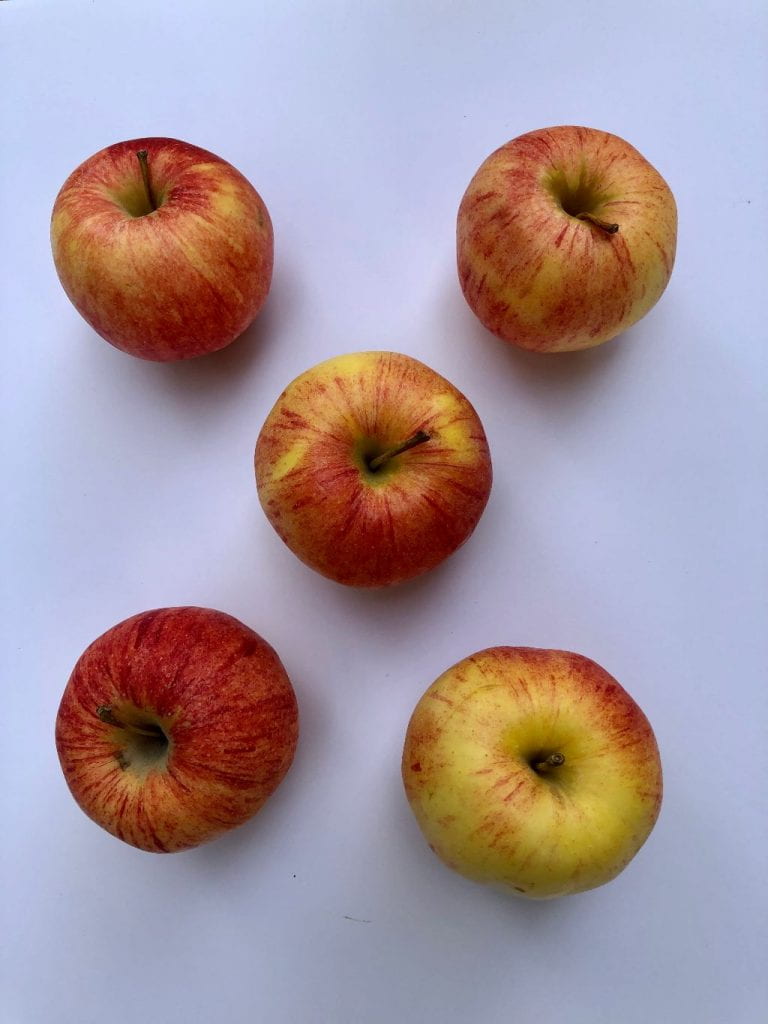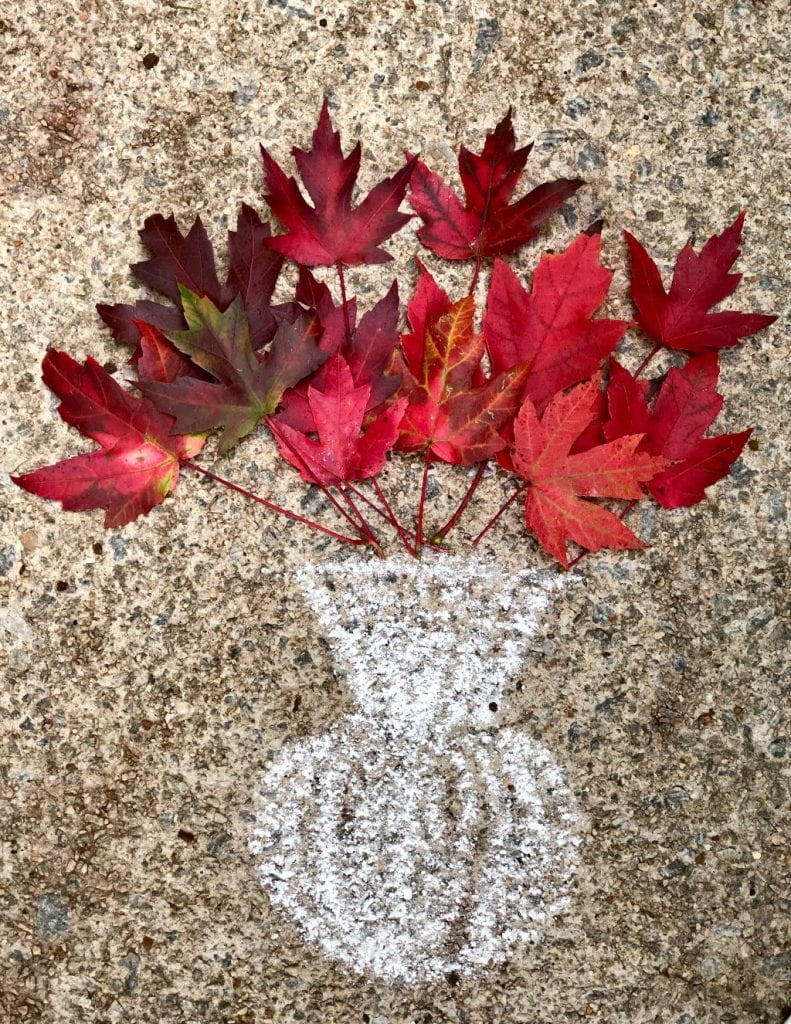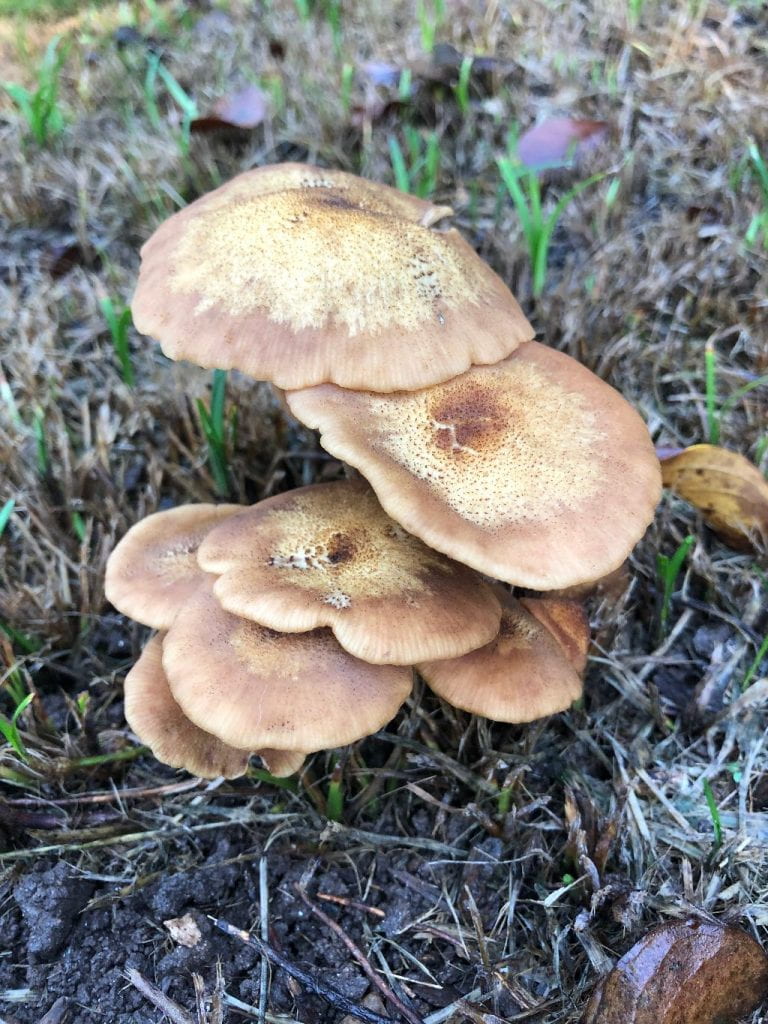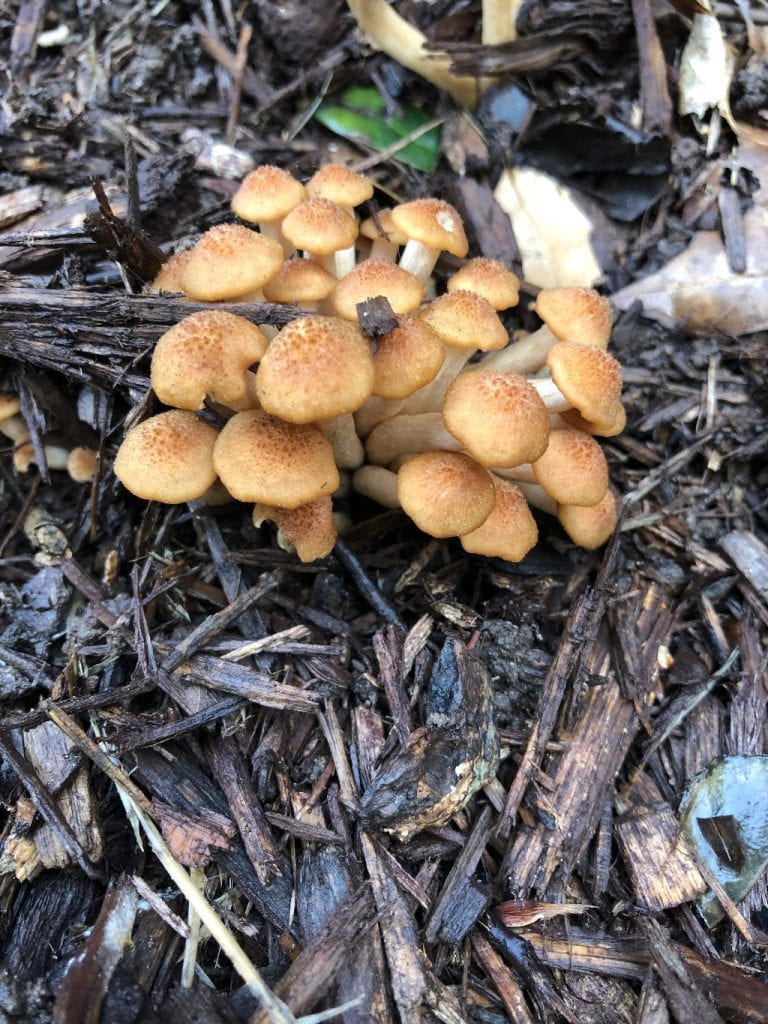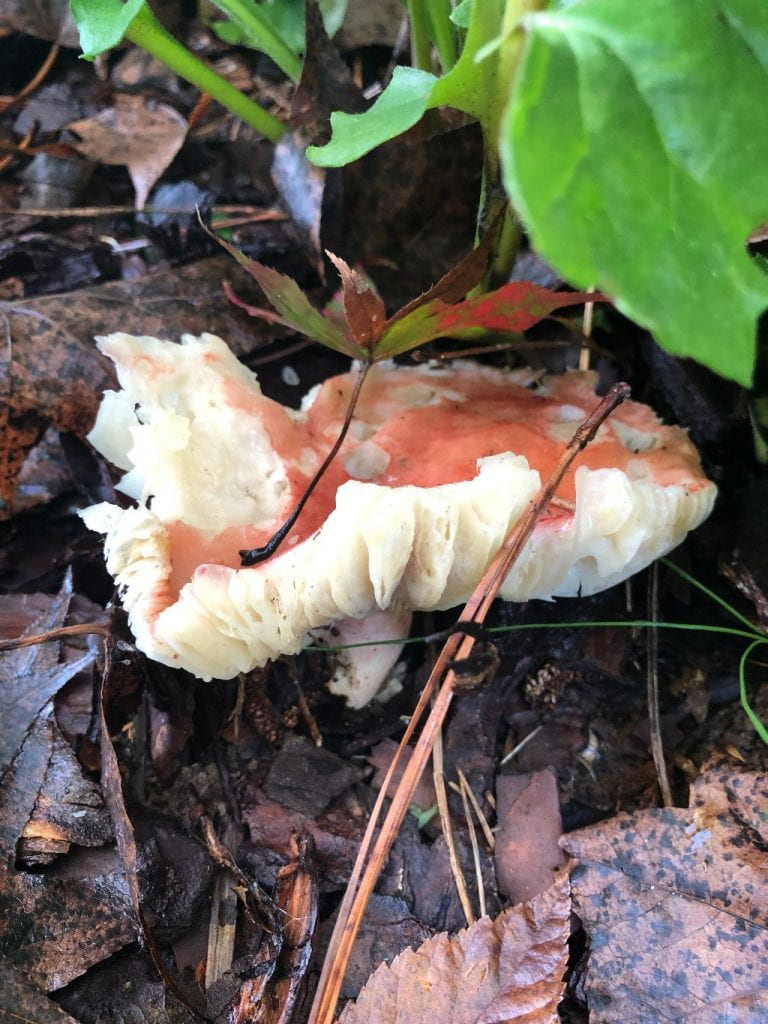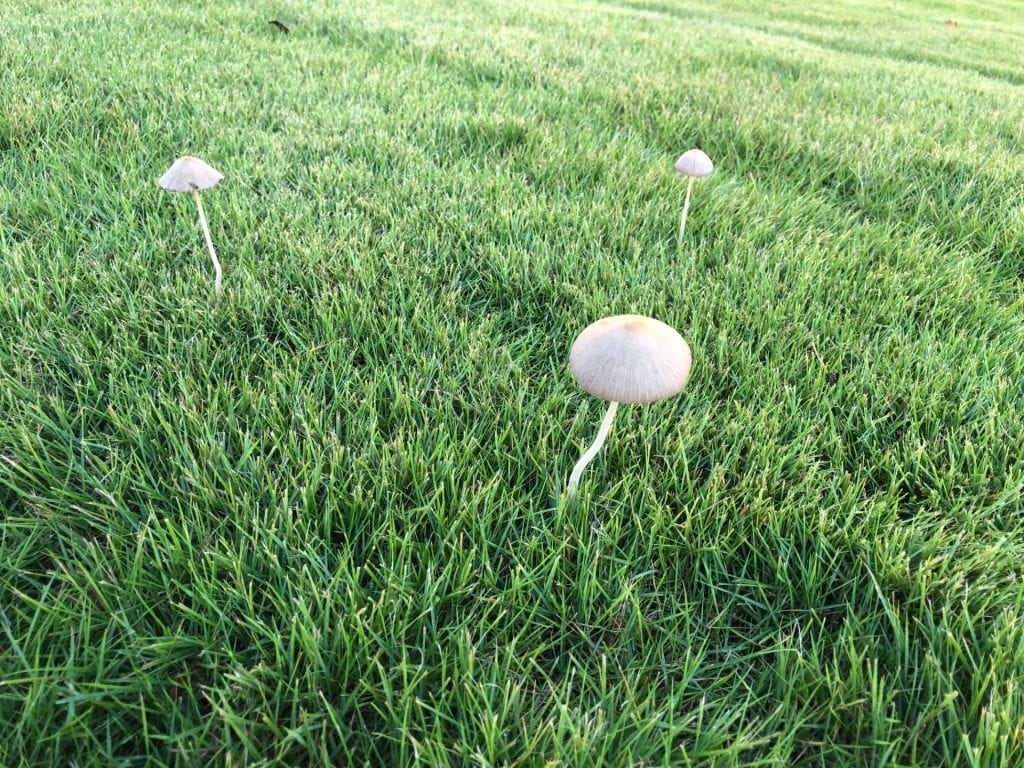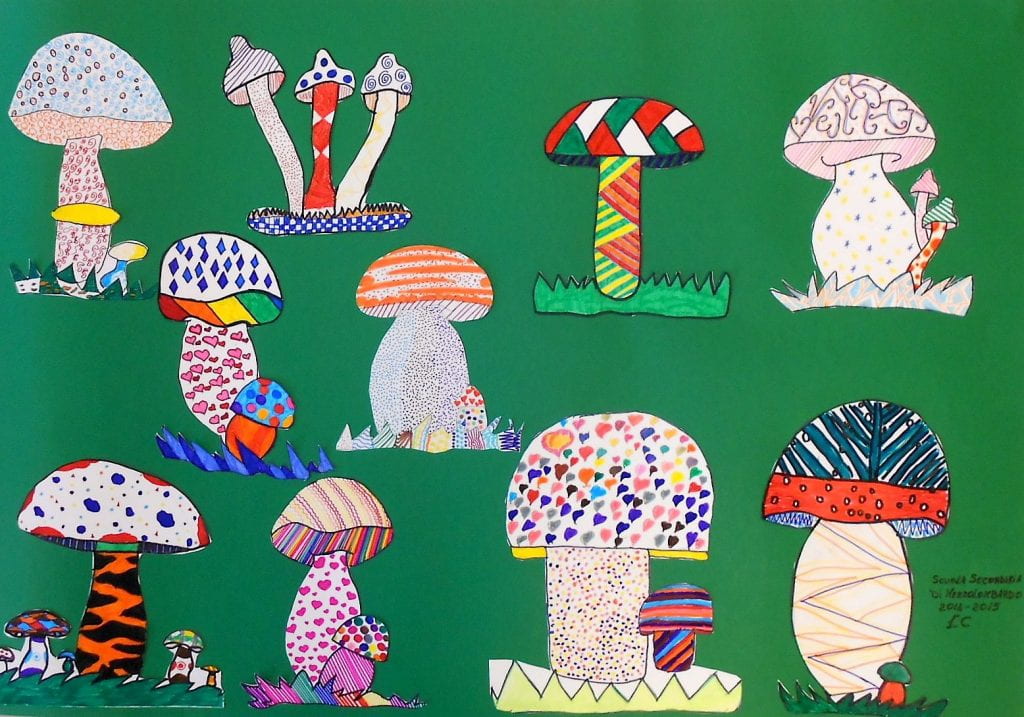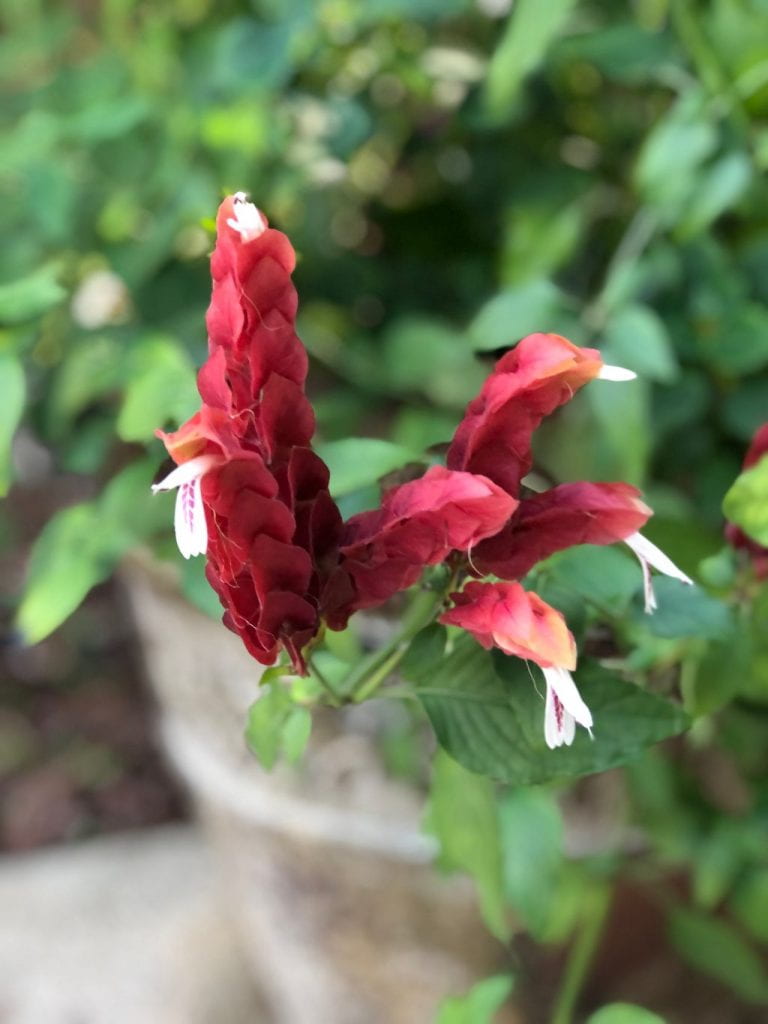Diversity and Young Children
How can you introduce the concept of diversity to young children? I like to begin a discussion through observing creation. Examining items from the natural world is a simple and effective way to see the variety and uniqueness of both living and nonliving objects. I collected oak leaves from a single branch and cockle shells from a small area on the beach. The apples are all Gala apples. Although they are the same, they are different. What do you notice? Take a walk and look for diversity. Of course, discussing the similarities and differences in siblings is fun too!
The richness of diversity adds to the beauty of our world!
